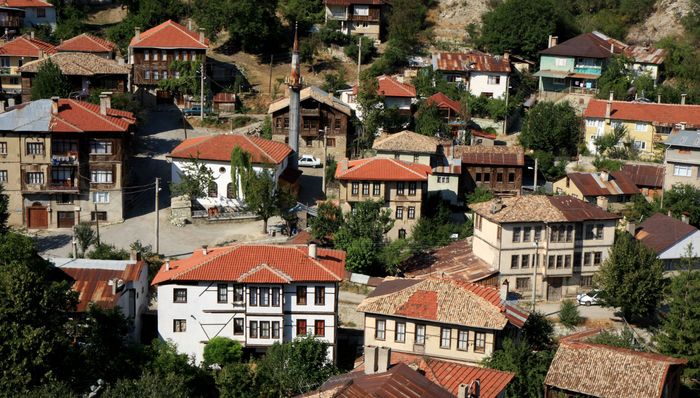During its zenith around 300 B.C., the Seleucid Kingdom, led by Seleucus Nicator, spanned approximately 1.5 million square miles. Despite being considered Alexander’s true heir due to significant territorial acquisitions, Seleucus faced numerous challenges that impeded the kingdom’s stability and unity.
Ethnic Disunity and Territorial Losses
The primary obstacle was ethnic disunity, resulting in Greek factionalism, varied governance across provinces, and anti-Greek sentiments among the native populations. Foreign adversaries surrounded the kingdom, contributing to its sluggish responsiveness Ancient States of Asia Minor. Seleucus had to relinquish the Indus Valley, and during his reign, Armenia, northern Anatolia, and northwestern Iran gained independence.
Challenges Under Antiochus I
Under the rule of the second Seleucid king, Antiochus I (281-261), the situation worsened. Gauls invaded from the north, annihilating remnants of Lysimachus’s kingdom. Galatians settled in central Asia Minor, perpetuating raids and shielding northern states from Seleucid influence. Ptolemy II of Egypt strategically used his navy to control Syrian and Cilician coasts, extending Ptolemaic rule to Seleucia-in-Pieria during the First Syrian War (274-271). Political fragmentation continued as the Ptolemies supported the revolt of Pergamun, resulting in Antiochus’s demise Travel Bulgaria.
Challenges Under Antiochus II
Antiochus II (261-246) witnessed the secession of eastern territories, with Parthia and Bactria emerging as independent kingdoms in Iran and Afghanistan. Engaging in the Second Syrian War (260-255) against Ptolemy II, he reclaimed lost lands and defeated Egyptian fleets in the Aegean. However, Greek city-states formed anti-Seleucid coalitions to prevent European expansion, leading to the Aetolian and Achaean Leagues. The war concluded with a diplomatic resolution through Antiochus’s marriage to Ptolemy’s daughter Berenice, marking a shift in regional dynamics.








